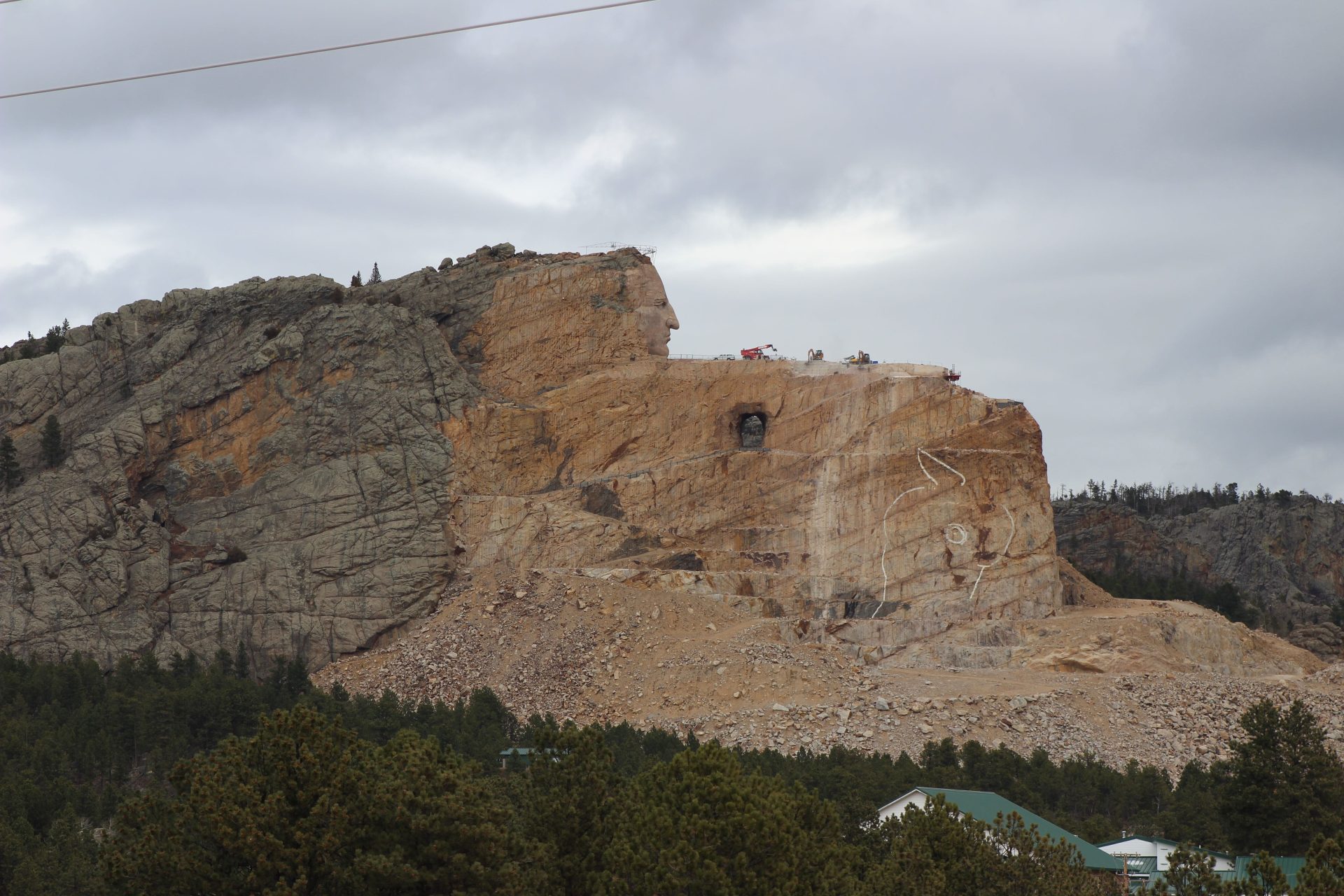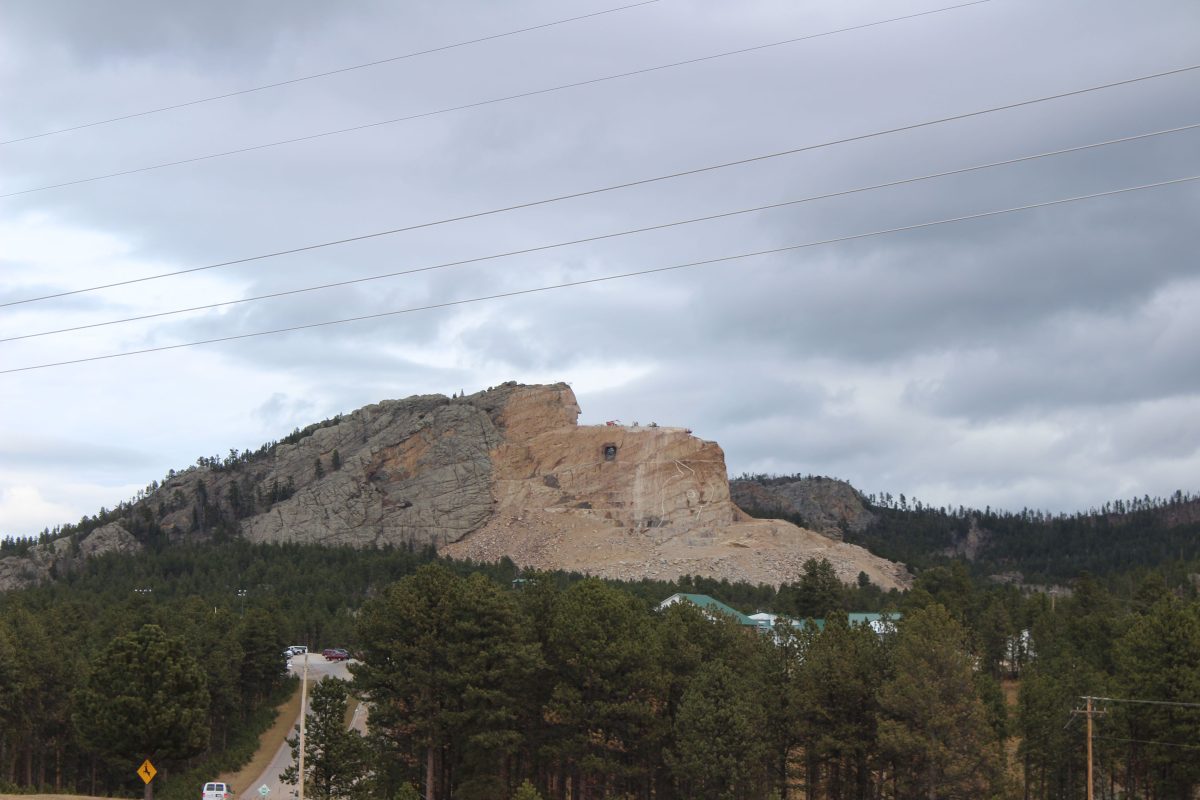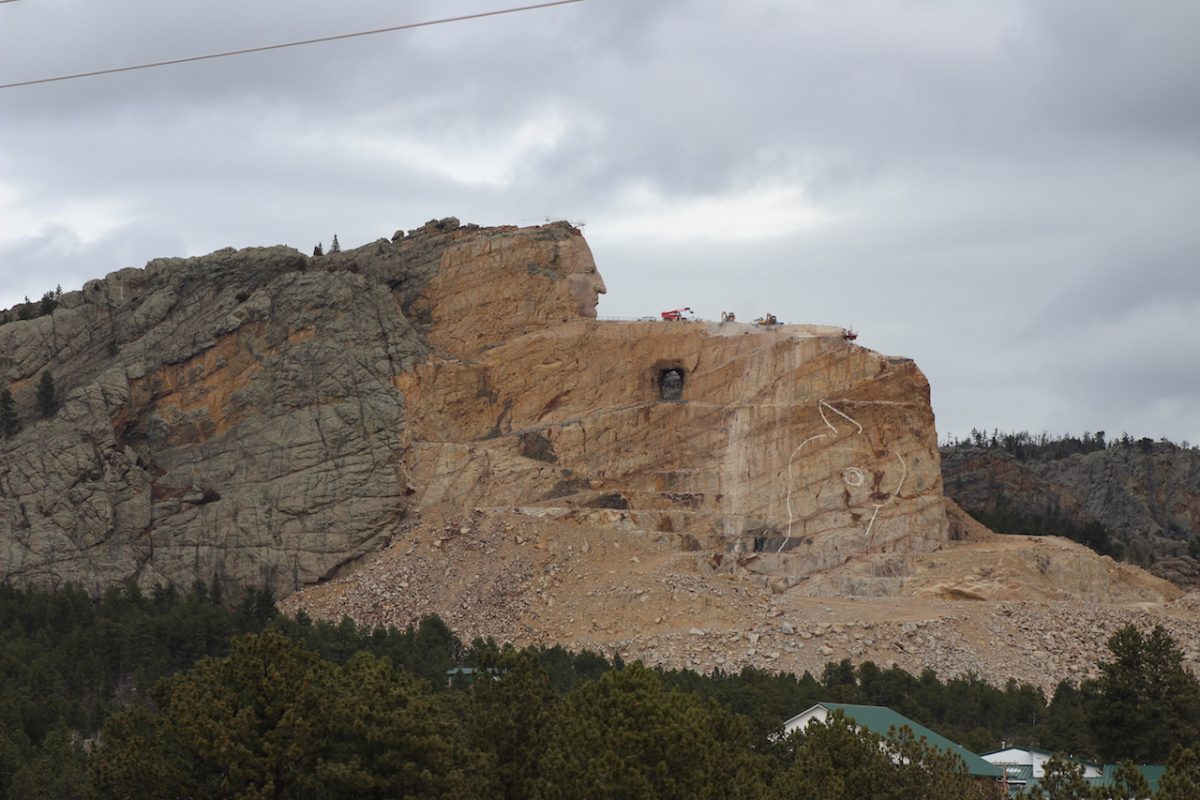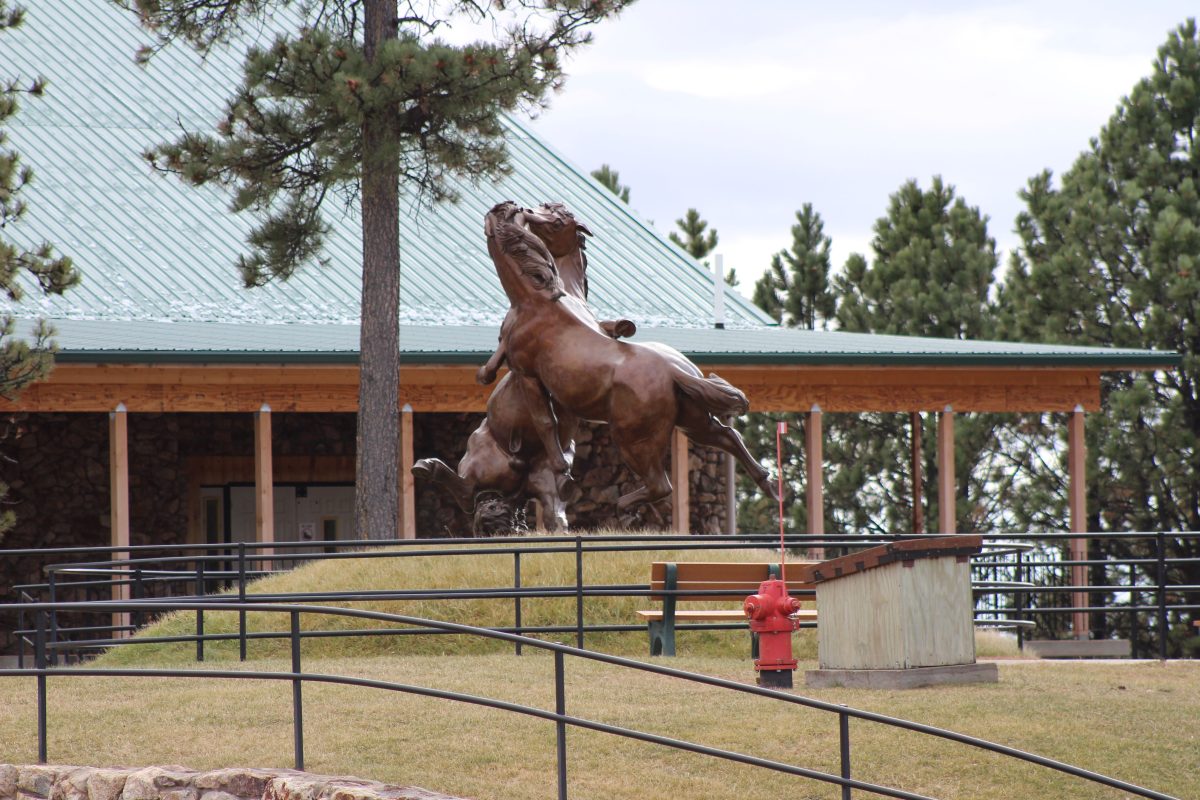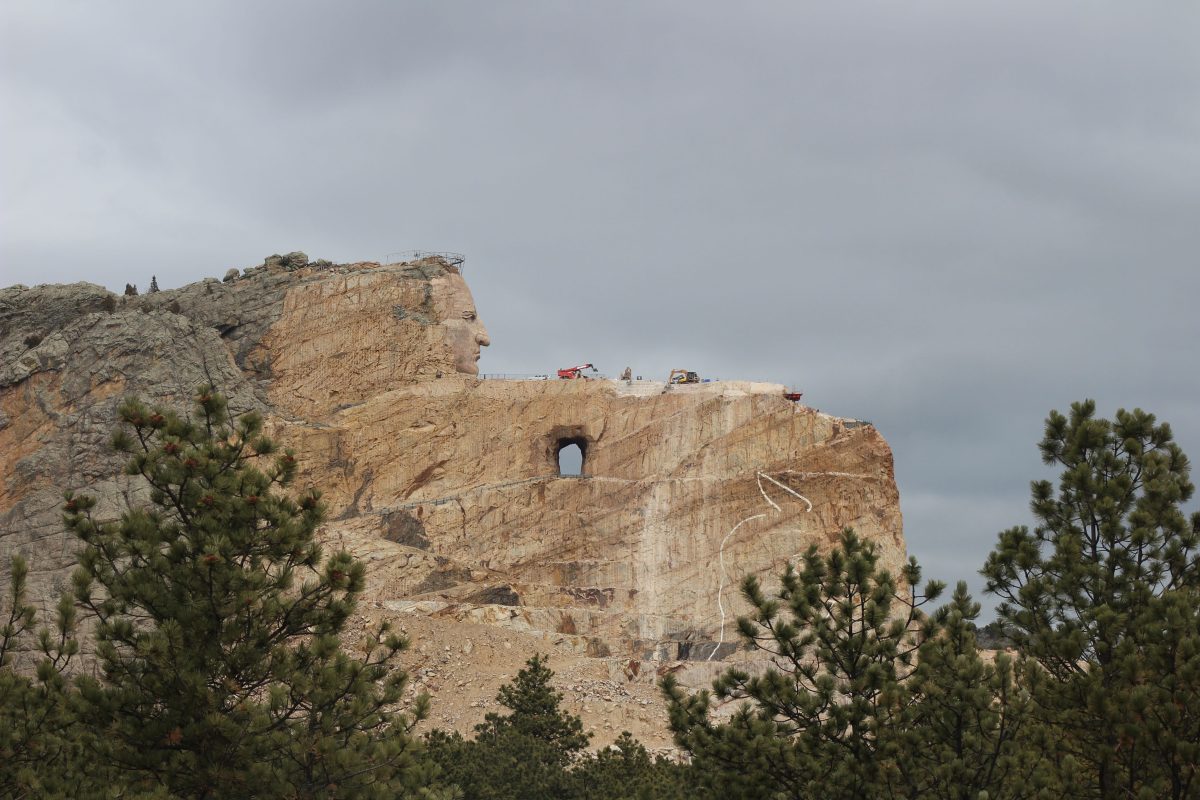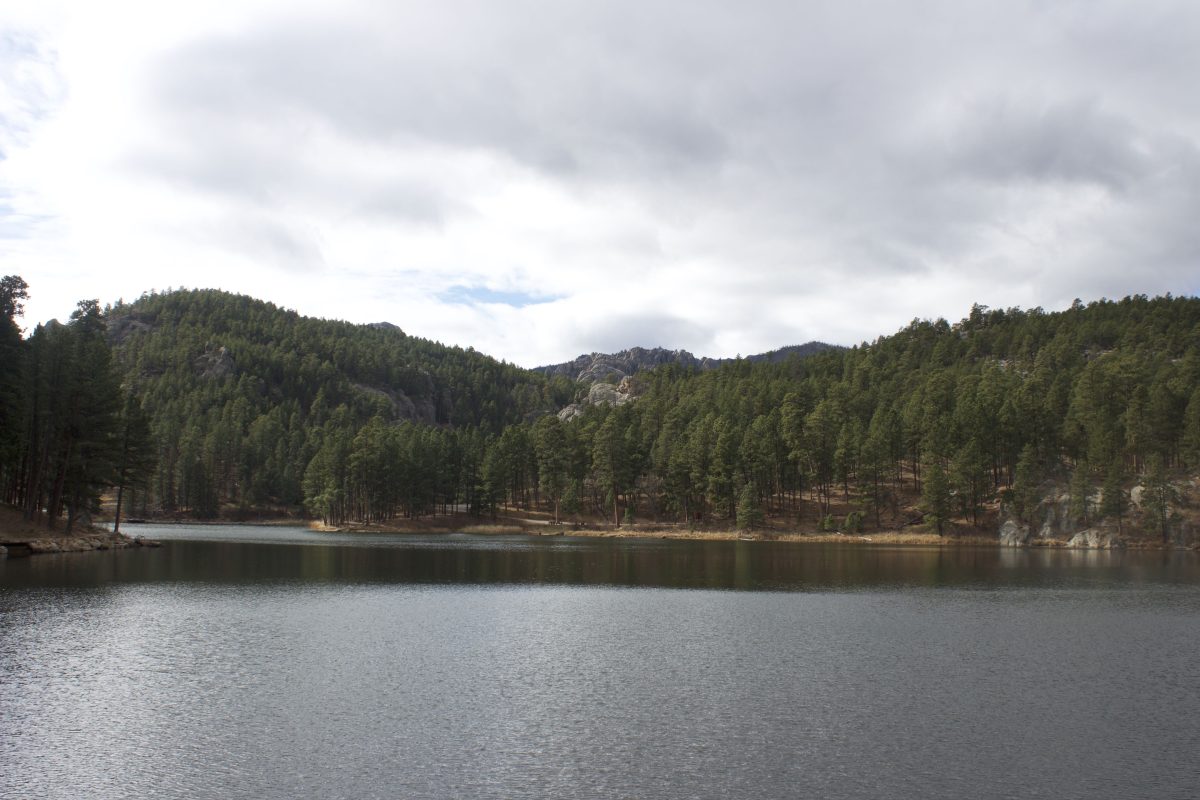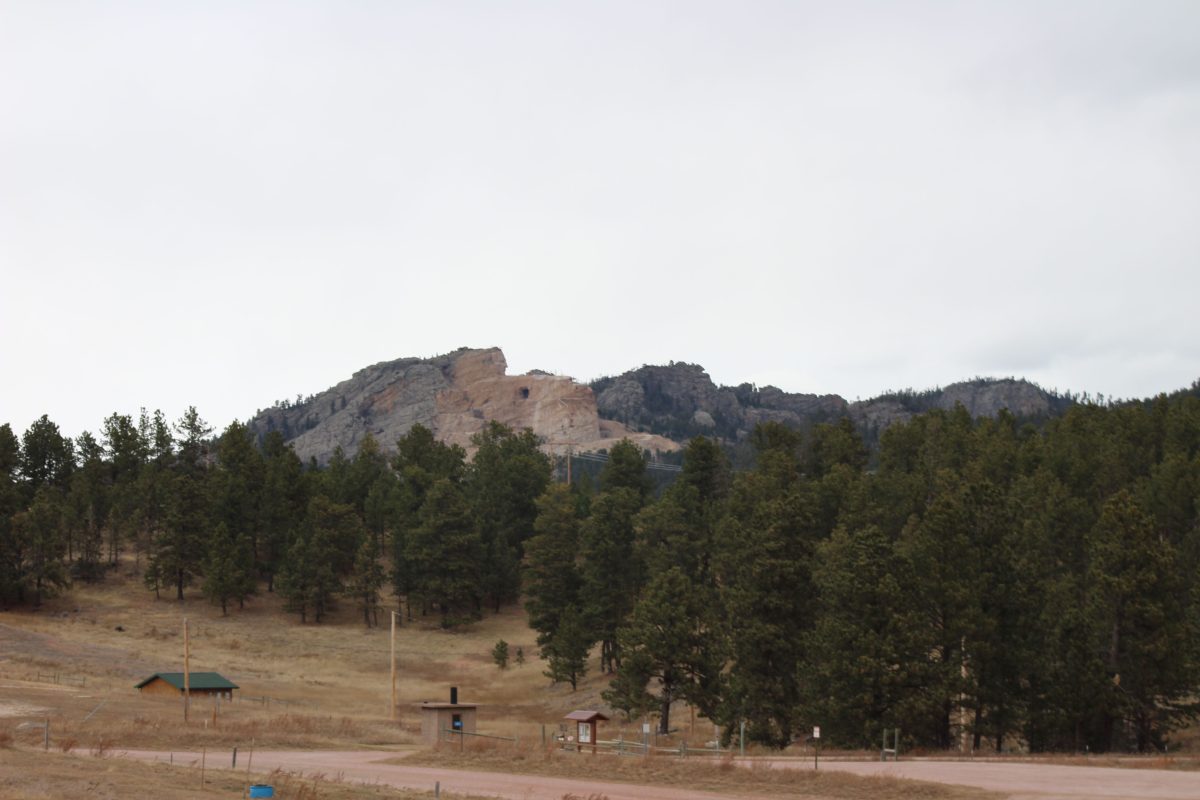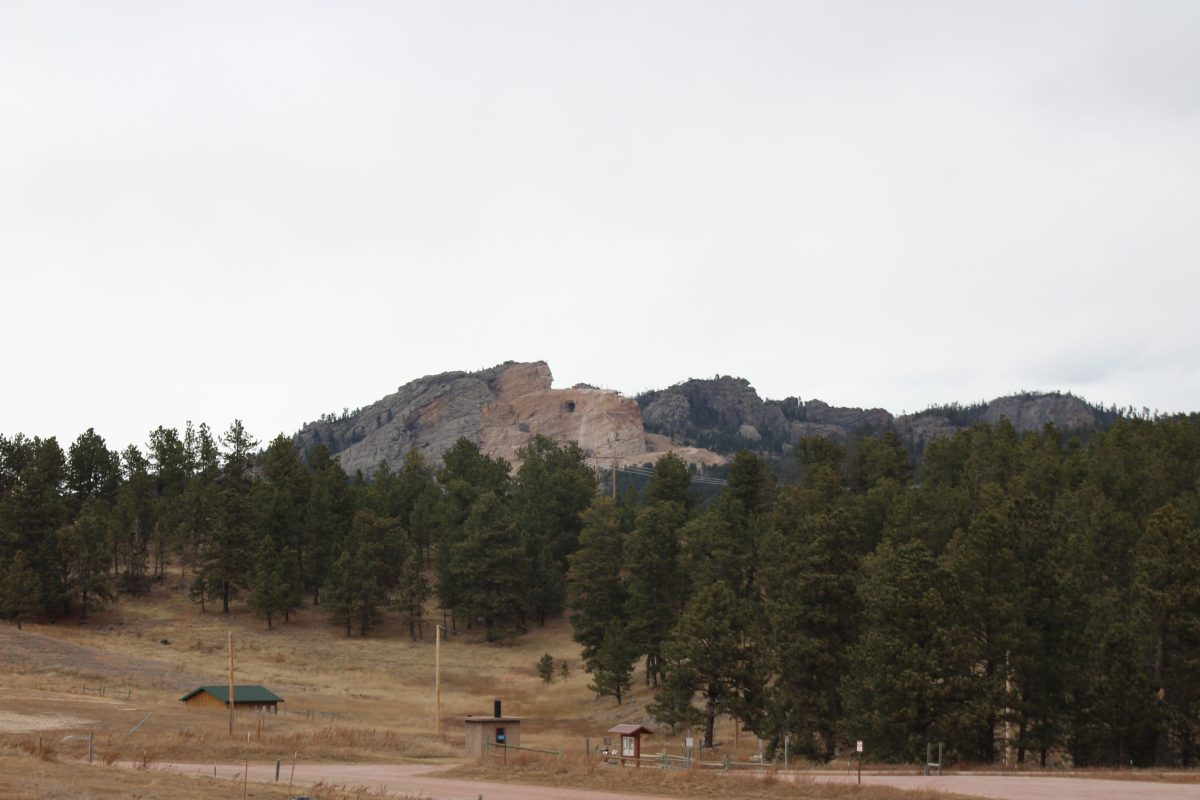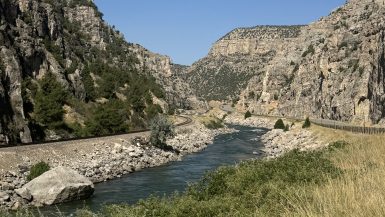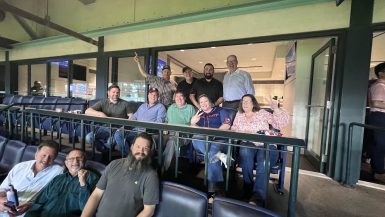🪶 Carving Legacy in Stone: The Story of the Crazy Horse Memorial
High in the Black Hills of South Dakota, a colossal figure is slowly emerging from Thunderhead Mountain—a warrior on horseback, arm outstretched, gaze fixed on the horizon. This is the Crazy Horse Memorial, one of the most ambitious sculptural projects in history and a powerful tribute to Native American heritage, resilience, and pride.
🏹 Who Was Crazy Horse?
Crazy Horse was a legendary war leader of the Oglala Lakota, known for his fierce resistance to U.S. expansion into Lakota lands. He played a pivotal role in the Battle of the Little Bighorn in 1876, where he and other leaders like Sitting Bull defeated General Custer’s forces. Crazy Horse was revered not just for his battlefield prowess, but for his humility, spiritual depth, and unwavering commitment to his people.
He never allowed his photograph to be taken, and his burial site remains unknown—adding to the mystique that surrounds his legacy.
🪨 The Monument’s Origins
The idea for the Crazy Horse Memorial began in 1947, when Lakota Chief Henry Standing Bear wrote to sculptor Korczak Ziolkowski, who had worked on Mount Rushmore. Standing Bear’s message was clear: “My fellow chiefs and I would like the white man to know that the red man has great heroes, too.”
Ziolkowski accepted the challenge, and with no government funding, he began carving the mountain using dynamite, hand tools, and sheer determination. The project was—and still is—entirely funded by private donations and visitor fees. Korczak worked on the mountain until his death in 1982, and today, his family continues the mission.
🏔️ A Monument Still in Progress
Unlike Mount Rushmore, which was completed in just 14 years, the Crazy Horse Memorial is a multi-generational endeavor. When finished, it will depict Crazy Horse riding a horse and pointing toward his ancestral lands. The scale is staggering:
- 641 feet long
- 563 feet high
- Crazy Horse’s face alone is 87 feet tall—27 feet taller than any president on Mount Rushmore.
Progress has been slow, but deliberate. The face was completed in 1998, and work continues on the horse’s head and hand. The project isn’t just about speed—it’s about meaning.
🏛️ More Than a Mountain
The Crazy Horse Memorial is more than a sculpture—it’s a cultural campus. The site includes:
- The Indian Museum of North America: Featuring artifacts, art, and exhibits from dozens of tribes.
- The Native American Educational and Cultural Center: Offering workshops, performances, and learning opportunities.
- The Indian University of North America: A summer program that helps Native students bridge high school and college.
These institutions reflect the memorial’s broader mission: to honor Native American history, promote education, and foster cross-cultural understanding.
🌄 Visiting the Memorial
When you visit, you’ll feel the scale—not just of the mountain, but of the vision. You can watch live carving demonstrations, explore the museum, and even take a bus tour closer to the sculpture. At night, the Legends in Light laser show projects Native stories across the mountain’s face, turning stone into storytelling.
Saydie and I visited during our Black Hills road trip, and she asked, “Will it ever be finished?” I told her maybe not in our lifetime—but that’s the point. Some legacies are too big to rush.
🪶 Final Thoughts
The Crazy Horse Memorial is a work of art, a work of heart, and a work in progress. It’s a reminder that history isn’t just carved—it’s lived, remembered, and passed on. In a world of instant gratification, this mountain stands as a testament to patience, purpose, and pride.
